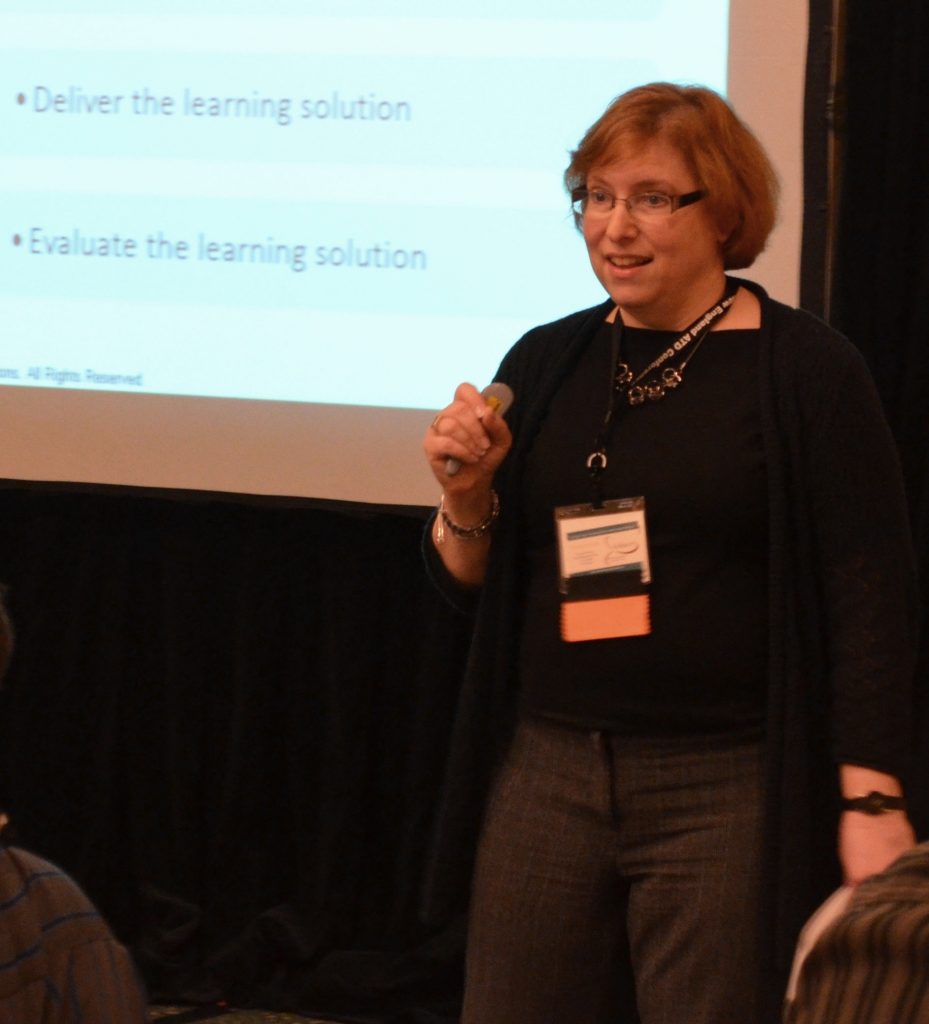Polishing Your Gems – And Showing the Value of Your Training Efforts
Have you ever gone on a treasure hunt, or maybe seen one in the movies? The seeker searches for a treasure chest—usually attending to challenges along the way. Imagine large rolling rocks and a few poison darts, all difficult to control! Eventually the seeker locates the elusive treasure chest, but not all its contents are gleaming. There is some culling to do, and some polishing, before being ready to present the gems to the funders of the treasure hunt.
Back in the real world, learning & development professionals are given a mission to add value to the business, often through a request for “training.” On the L&D professionals’ “treasure search” they often attend to challenges along the way. Imagine the multiple competing priorities, regulatory controls, and insufficient resources that can impact successful learning.
Once the treasure is “found” (the learners have learned something!), what culling and polishing needs to be done so you can clearly see your treasure, before you present your findings to the funders and other stakeholders in your organization? Sometimes it can be challenging to find those precious gems and polish them so we can see how they glitter!
Earlier this month, I presented a workshop at the regional ATD conference. The topic, Polishing Your Gems, focused on creating an evaluation plan for a learning solution. Joined by client Matt Matosic from the Boston Public Health Commission (BPHC), we worked through a case study summarizing BPHC’s course on Hospital-Based Patient Decontamination and discussed options for evaluating its success. Participants then had an opportunity to begin developing their own evaluation plans, using an Evaluation and Measurement Planning Checklist we provided.
But where to start? Here are the core questions we suggested in our workshop to help folks determine which treasures to seek, as they begin their own evaluation planning.

Business issues questions
- Why is this training (or other intervention) being requested?
- What is driving the request or identification of this issue?
- How will solving this problem support the organization’s “business” goals?
- What do you need to be able to show as an outcome of your efforts?
- Who will see the results? (Consider: L&D management, business line management, senior management, learners themselves, instructional designer, instructor, funders, and other stakeholders)
- What will each stakeholder do with the information?
You might recognize that many of these questions get at Kirkpatrick’s level 4 (business impact).
Job performance questions
- What changes in job performance are needed to support meeting the business goals?
- What changes in job performance can reasonably be addressed via a learning solution?
- What workplace supports (such as managers, mentors, or peers; job aids or other performance support tools; periodic updates or web meetings) are realistically available to support the change in job performance?
These questions relate to Kirkpatrick’s level 3 (behavior change on the job).
Polishing away
Answers to these questions will help you define the learning objectives, set up workplace support systems to ensure learning continues and is reinforced on the job, and develop evaluation tools at all the Kirkpatrick levels.
For more information on our Evaluation and Measurement Planning Checklist, contact solutions@envision-performance.com.


